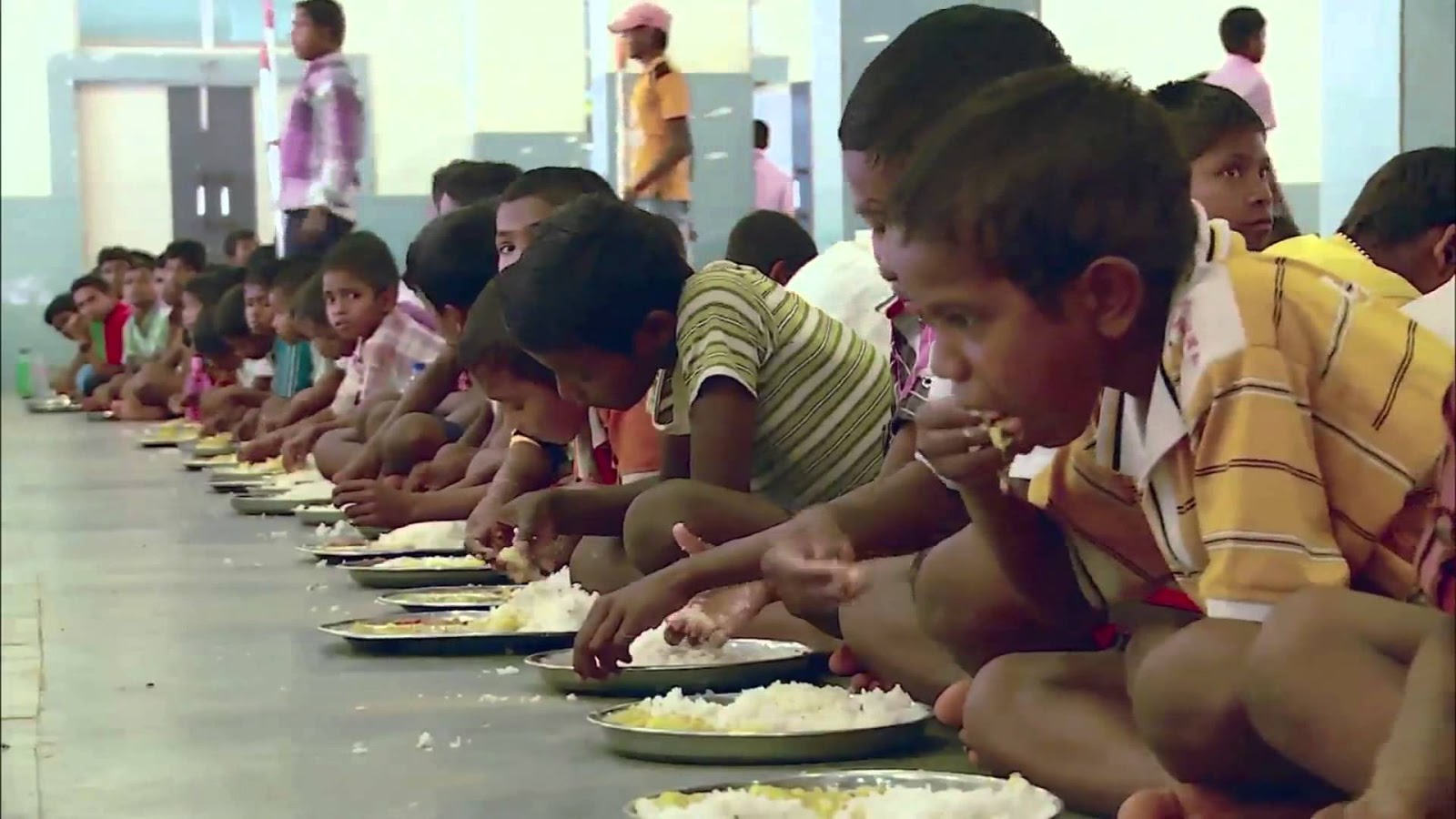Malnutrition is a complex problem to solve but, as levels of undernutrition and obesity rise, something must be done, says leading food health expert Dr Francesco Branca.
Dysfunctional global food systems are fuelling soaring levels of malnutrition and causing a world health crisis. Dr Francesco Branca, Director of the Department of Nutrition for Health and Development at the World Health Organization WHO, says more must be done to ensure people have enough to eat and access to the right foods.
“Malnutrition is a complex issue, but it is the main cause of death and disease in the world,” says Branca.
He has called for a major review into how food is produced and distributed, and the types of food people are eating. “For example, Africa has a cereal-centred food system and people there are not enjoying a healthy and sustainable diet because they are not consuming enough fruit and vegetables.”
Malnutrition is a global problem
Millions of people are suffering from different forms of malnutrition. In fact, 1.9 billion adults are overweight or obese while 462 million are underweight. Among children, 52 million under-fives are suffering from wasting, where they have a low weight for height.
Around one in ten children are born with a low birth weight, and in South Asia, it is one in four, and approximately 45% of deaths among children under five are linked to undernutrition. These deaths often occur in low- and middle-income countries where childhood obesity levels are rising at the same time.
Nutrition is the main cause of death and disease in the world. Dr Branca says the developmental, economic, social and medical impacts of malnutrition are serious and lasting. Events such as World Food Day October 16 and International Day for the Eradication of Poverty October 17 will raise awareness of the problem.
He wants governments and suppliers to work together to find sustainable, innovative and technological agricultural solutions to combat food insecurity. “We have to look at priority areas,” he says. “There needs to be more investment to improve productivity and change the culture towards food in some regions.”
Dr Branca believes too much meat is being consumed in western economies, such as the US, which is also having a negative impact on the environment, while too little in Africa.
Healthy food needs to be more accessible and more affordable
“Cheap food tends not to be healthy food; we need government policies that make healthy food more available and affordable. We need to see changes in the public sector so that government organisations lead by example and purchase the right food.”
He adds that health education and investment in supplier research will be crucial over the next five years. “One of the biggest barriers is availability of the right food, which is still dictated by the large producers. We need to find a way of engaging with the food industry to change the content of food products. In some countries, a desire to eat the right food cannot be met because of the choice of food available at the supermarket and its price.”
Awareness of malnutrition is crucial
Dr Branca will continue to raise awareness of malnutrition through high-profile campaigns. “Awareness of climate change is rising among politicians thanks to a global movement and we need to see something similar around food,” he says.







EVENT GALLERY